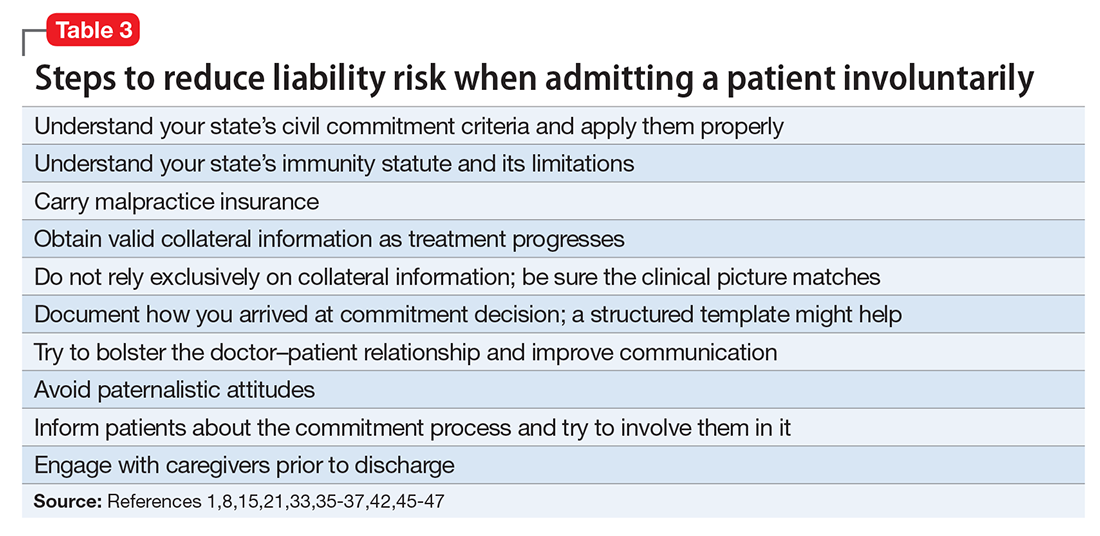1. Pinals DA, Mossman D. Evaluation for civil commitment: best practices for forensic mental health assessments. New York, NY: Oxford University Press; 2011.http://cdm16064.contentdm.oclc.org/cdm/ref/collection/p266901coll4/id/904 . Accessed February 2, 2017.


